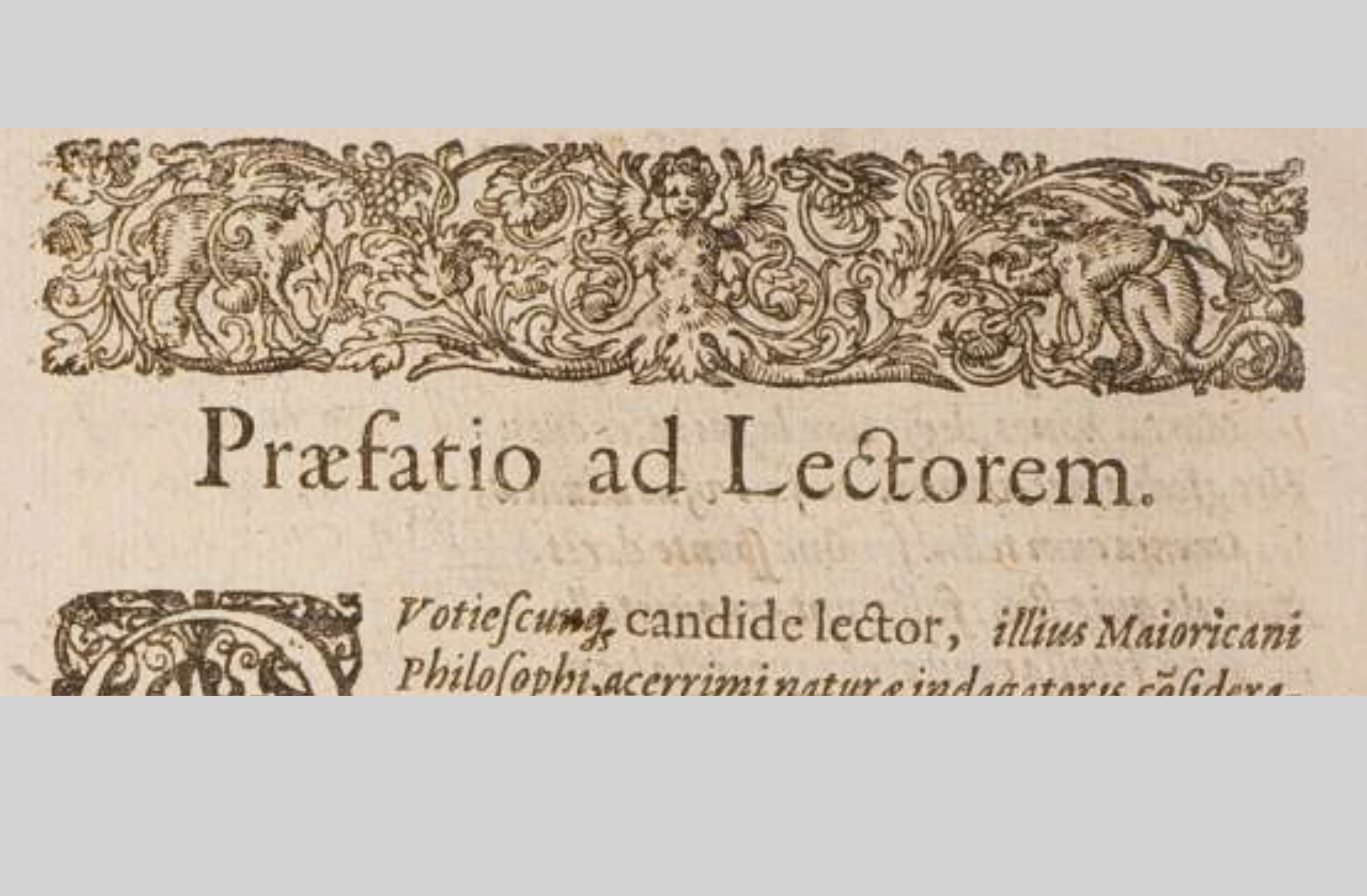
Digitizing the Materiality of the Premodern Book
- Hosting organisations
- Department of Digital Humanities - University of Graz
- Responsible persons
- Sarah Lang and Sean Winslow
- Start
- End
The foundational skills at the intersection of digitization, bibliography, and the Digital Humanities are crucial for many scholars, yet instruction frequently only covers one maybe two of these intersecting aspects. For example, use of the Text Encoding Initiative XML standard is increasingly the norm in digital scholarly editing, but many individuals working with textual materials do not have access to relevant scholarly training in DH. Conversely, many DH departments, lack rare book specialists. The goal of this workshop is to create one succinct class where students will learn the necessary skills for understanding how the materiality of pre-modern books can be digitized and provide a foundation for putting those skills into practice. After attending this workshop, students will understand the fundamentals of digitization and how books and manuscripts are described in the TEI, including the msdescription and transcription modules. The workshop as an event is used to create materials which will be made into a video class for self-study.
Keywords: digital edition, digital humanities, TEI, digitisation
[© header picture: HAB Wolfenbüttel http://diglib.hab.de/drucke/46-med-1s/start.htm?image=00016 CC BY-SA]
Outcomes
Project Impact
This project has filled a significant gap in the field of Digital Humanities, providing valuable resources for Digital Humanists who want to work with rare books and book historians interested in the Digital Humanities. Through the teaching materials and the winter school, the project has paved the way for scholars and students to understand how the materiality of pre-modern books can be digitized without having to go through inaccessibly expensive alternatives, such as the US-American Rare Book School where even online-only attendance is charged 1000$ for a one-week class.
We have managed to create a comprehensive resource that introduces students to the basics of digitizing the materiality of premodern books, orienting them towards where to find further information and encouraging their engagement with this significant aspect of DH and modern-day rare book librarianship. We believe that the success of this project marks a positive step in the field of Digital Humanities, particularly in relation to the study and digitization of rare books. It is our hope that the resources we have developed will serve as a cornerstone for further work in this exciting area at the intersection of rare books and Digital Humanities.
- Winter school conducted from 23rd to 26th November 2022 in Graz: collaboration with Uni Graz Special Collections, one international guest speaker, 11 international participants ( Call for Participation )
- Production and publication of 15 teaching videos , providing a comprehensive introduction to digitizing the materiality of the pre-modern book:
- Video School: Digitizing the Materiality of the Premodern Book [Trailer]
- A very brief introduction to book history (by Prof. Erich Renhart, part 1)
- A very brief introduction to book history (by Prof. Erich Renhart, part 2)
- What is the materiality of the book? (production, use and reuse) by Megan Piorko
- How to describe pre-modern books (theory of bibliographic description) by Megan Piorko
- How to describe pre-modern books (bibliographic description) by Megan Piorko
- Digitizing pre-modern books at the University Graz Special Collections (tour by Pia Fiedler, part 1)
- Digitization at the University Graz Special Collections (tour by Pia Fiedler, part 2)
- A quick introduction to annotating data with XML in the oXygen editor (by Sarah Lang)
- How how does multi-spectral imaging work? (by Sean Winslow)
- How to use the Text Encoding Initiative (TEI) for digital scholarly editing (by Sarah Lang)
- [Advanced] How to use the TEI for digital scholarly editing (by Sarah Lang)
- Best practices and publication workfows for TEI-XML data in the Digital Humanities (by Sarah Lang)
- How to describe manuscripts using the TEI MsDesc module (by Sean Winslow, part 1)
- What is a Digital Scholarly Edition? A primer on data modeling, theory & archiving (by Sarah Lang)
- How to describe manuscripts using the TEI MsDesc module (by Sean Winslow, part 2)
- How to describe manuscripts using the TEI MsDesc module (by Sean Winslow, part 3)
- How to transcribe with Transkribus for digital scholarly editing (by Sarah Lang)
- The future of printed books and digital editions (by Sarah Lang)
- Francis Bacon and alchemical texts
- Is it print or manuscript?
- This book shows evidence of the printing process
- How to TEI-encode the indexing material in this early modern herbiary?
- Galileo’s Sidereal Messenger (1610s): Real or forgery?
- This early printed book looks like a manuscript!
- Three chymical texts mysteriously bound together?
- Incurable edition of Ortus Sanitatis
- How to do the bibliographical transcription of a title page?
- The largest book you’ve ever seen!
- Why Arnold Schwarzenegger once dropped an invaluable historical book
- Why you DON’T use white gloves to handle rare books!
- How to avoid damaging a historical book’s spine!
- How to handle rare books?
- What’s with this rare Georgian text scroll?
- Have you heard of palimpsests before?
- How to digitise the materiality of the pre-modern book?
- What’s the difference between research-driven and curation-driven modelling?
- What’s the role of Modeling in the Digital Humanities?
- Super short intro to XML
- XML means “create your own standard. Or does it?
- What is XML? (for Humanists)
- What is the materiality of the book? What is a text?